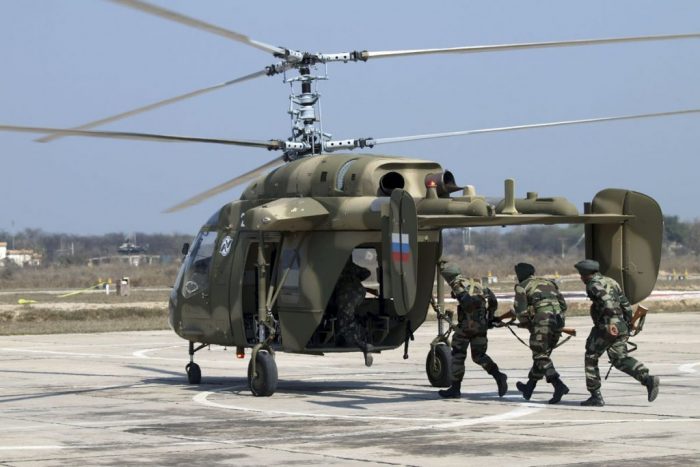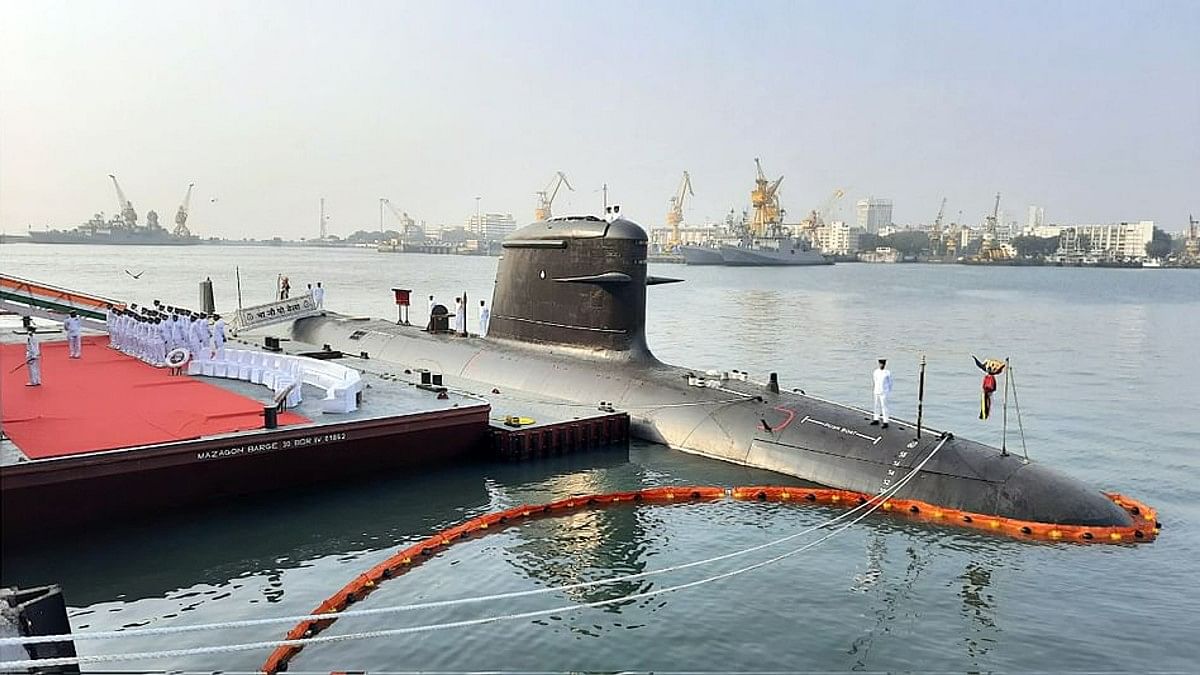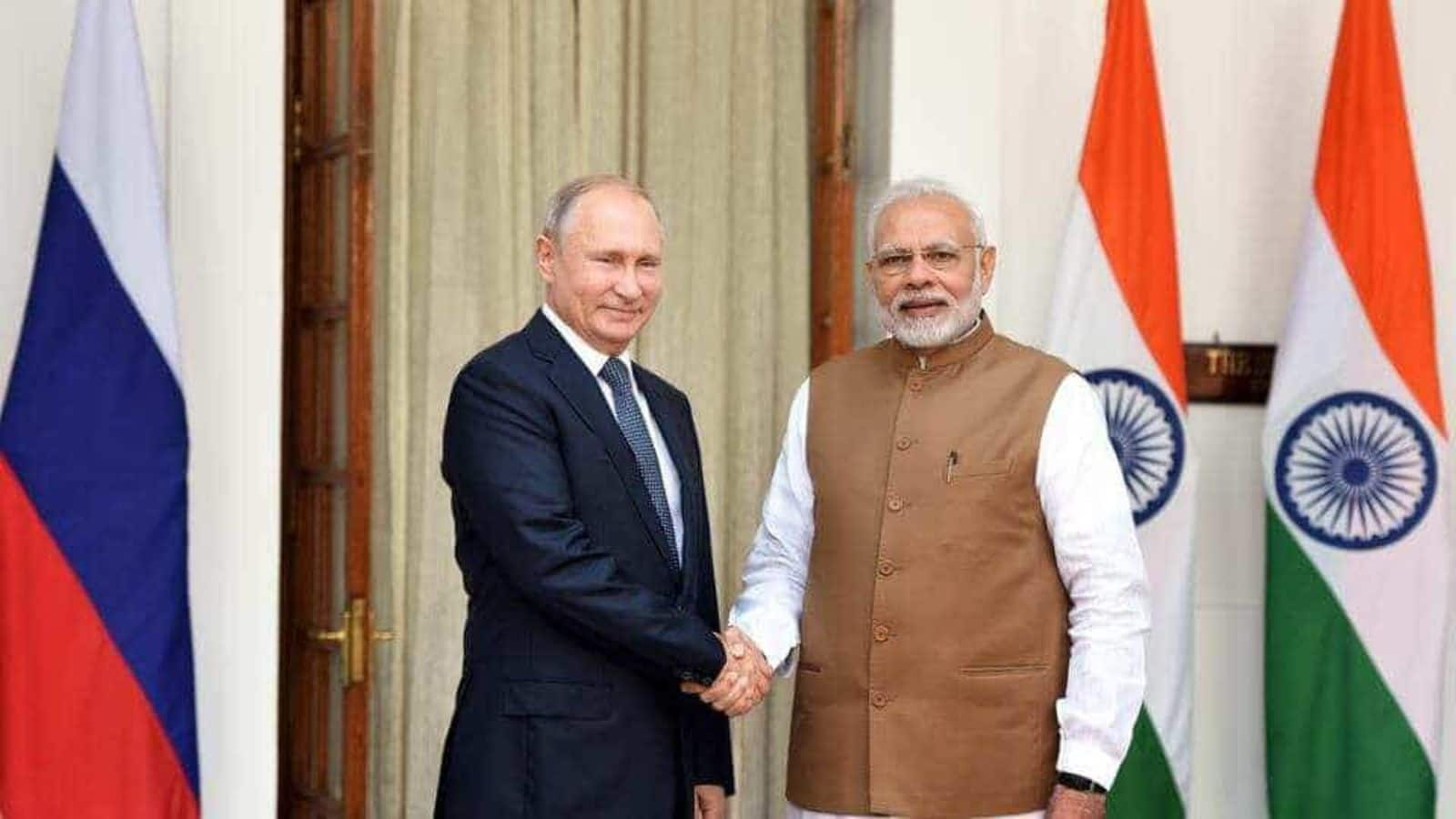WolfPack86
Senior Member
- Joined
- Oct 20, 2015
- Messages
- 10,510
- Likes
- 16,959
Ka-226T utility chopper has 33% indigenous content: HAL
The total indigenous content of the Ka-226T utility helicopters, to be jointly manufactured locally by India and Russia with Transfer of Technology (ToT), is between 27%-33%, said Chairman and Managing Director of Hindustan Aeronautics Limited (HAL) R. Madhavan. The final deal is held up as the Russian proposal of 62% indigenous content in assembled helicopters falls short of the tender requirement of 70%,
“In Ka-226T when we talk of 70% indigenous content, it is not the same as the Light Combat Aircraft (LCA) 52%. The 70% is of the Russian content. Engine from Safran and avionics from other countries are not accounted for in this. Balance is what we are looking and from there 70% is taken. Taking the whole helicopter, the indigenous content is about 27-33%,” he said in response to a question from The Hindu at Aero India.
Russians were unable to offer 70% of this and they offered upto 62%; that too which will come only in Phase-4 of production, he stated.
Defence Ministry is also asking for better split of indigenous production from Phase-2 onwards and increasing it to 70% by including more items, Mr. Madhavan said, adding that the items are being identified for including in the Transfer of Technology to bring the indigenous content up to 70%.
The Ka-226T is meant to replace the ageing and obsolete Cheetah and Chetak fleet of the Army and Air Force and the total technical life of these will start finishing from 2023 onwards.
As per the Russian proposal, the localisation plan would be spread over four phases, beginning with 3.3% indigenisation for 35 helicopters, going up to 15% for next 25 helicopters, 35% for 30 helicopters in Phase 3 and eventually to 62.4% indigenisation in Phase 4 for the last 50 helicopters.
The helicopters would be manufactured by a joint venture — India Russia Helicopters Limited (IRHL) between Hindustan Aeronautics Limited (HAL) and Russian Helicopters.
As reported by The Hindu last December, faced with an urgent need for utility helicopters, the Army is preparing to approach the Defence Ministry for a waiver on the indigenous content requirements to take the deal forward.
In 2015, India and Russia had concluded an Inter-Governmental Agreement (IGA) for at least 200 Ka-226T twin engine utility helicopters estimated to cost over $1 billion with 60 helicopters to be directly imported and remaining 140 manufactured locally. The first helicopter would be delivered within 36 months from the signing of the contract and order completed in eight years.
There is a requirement of around 400 such helicopters and the balance requirement will be met by the indigenous Light Utility helicopter (LUH) developed by HAL, the Army variant of which received its Initial Operational Clearance (IOC) at Aero India on Friday.
The total indigenous content of the Ka-226T utility helicopters, to be jointly manufactured locally by India and Russia with Transfer of Technology (ToT), is between 27%-33%, said Chairman and Managing Director of Hindustan Aeronautics Limited (HAL) R. Madhavan. The final deal is held up as the Russian proposal of 62% indigenous content in assembled helicopters falls short of the tender requirement of 70%,
“In Ka-226T when we talk of 70% indigenous content, it is not the same as the Light Combat Aircraft (LCA) 52%. The 70% is of the Russian content. Engine from Safran and avionics from other countries are not accounted for in this. Balance is what we are looking and from there 70% is taken. Taking the whole helicopter, the indigenous content is about 27-33%,” he said in response to a question from The Hindu at Aero India.
Russians were unable to offer 70% of this and they offered upto 62%; that too which will come only in Phase-4 of production, he stated.
Defence Ministry is also asking for better split of indigenous production from Phase-2 onwards and increasing it to 70% by including more items, Mr. Madhavan said, adding that the items are being identified for including in the Transfer of Technology to bring the indigenous content up to 70%.
The Ka-226T is meant to replace the ageing and obsolete Cheetah and Chetak fleet of the Army and Air Force and the total technical life of these will start finishing from 2023 onwards.
As per the Russian proposal, the localisation plan would be spread over four phases, beginning with 3.3% indigenisation for 35 helicopters, going up to 15% for next 25 helicopters, 35% for 30 helicopters in Phase 3 and eventually to 62.4% indigenisation in Phase 4 for the last 50 helicopters.
The helicopters would be manufactured by a joint venture — India Russia Helicopters Limited (IRHL) between Hindustan Aeronautics Limited (HAL) and Russian Helicopters.
As reported by The Hindu last December, faced with an urgent need for utility helicopters, the Army is preparing to approach the Defence Ministry for a waiver on the indigenous content requirements to take the deal forward.
In 2015, India and Russia had concluded an Inter-Governmental Agreement (IGA) for at least 200 Ka-226T twin engine utility helicopters estimated to cost over $1 billion with 60 helicopters to be directly imported and remaining 140 manufactured locally. The first helicopter would be delivered within 36 months from the signing of the contract and order completed in eight years.
There is a requirement of around 400 such helicopters and the balance requirement will be met by the indigenous Light Utility helicopter (LUH) developed by HAL, the Army variant of which received its Initial Operational Clearance (IOC) at Aero India on Friday.








